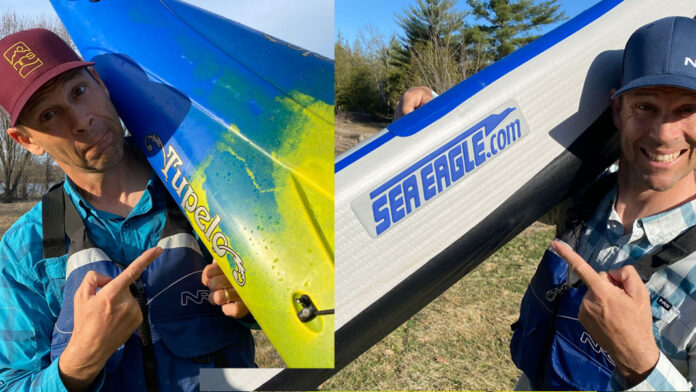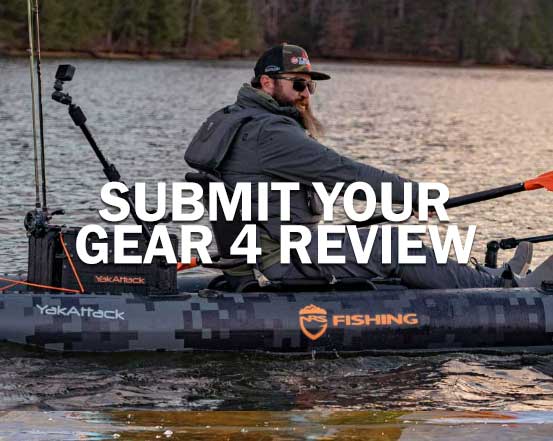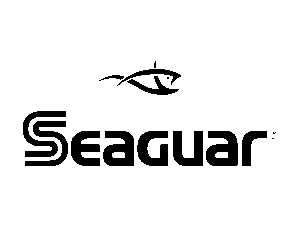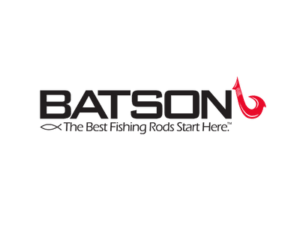Inflatable kayaks have been advancing in both popularity and design. A key question keeps coming up, how to choose a kayak? Is it better to go with an inflatable kayak or a classic hardshell kayak?
In order to demonstrate the trade-offs for each style of kayak, I've decided to do a comparison of the Sea Eagle RazorLite 393rl (inflatable) and the Jackson Kayak Tupelo 12.5 (hardshell). These two kayaks are in the same class (i.e. recreational-touring), and with (roughly) the same price. I've had a chance to paddle both of these boats. I'll give you my personal takes on each, as well as some general pros and cons to consider when you choose a kayak.
JACKSON KAYAK TUPELO 12.5

Price: $1,099 (USD)
Length: 12′ 5″
Width: 29″
Weight: 55 lbs (25 kg)
Capacity: 300 lbs (136 kg)
SEA EAGLE RAZORLITE 393rl INFLATABLE KAYAK
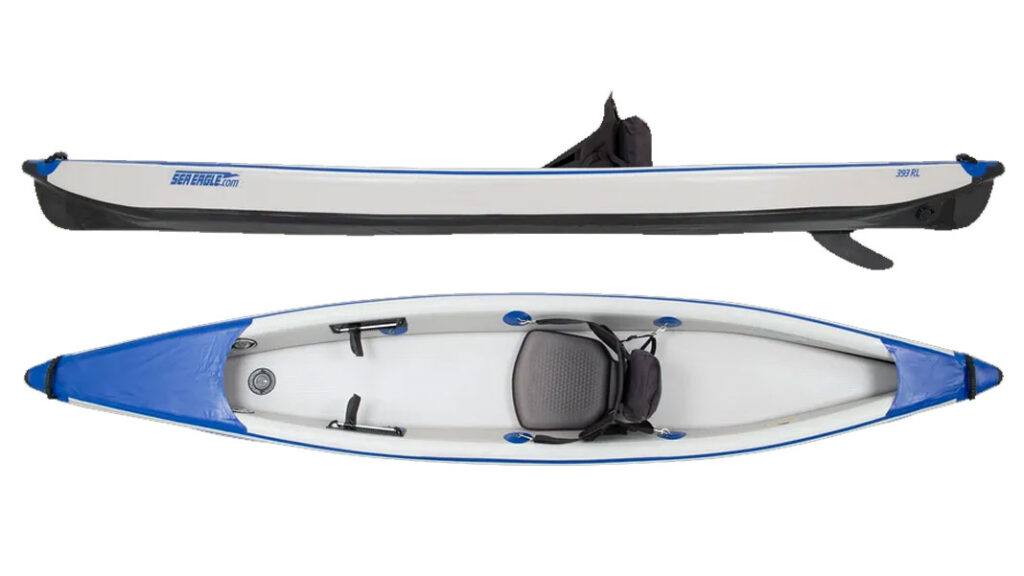
Price: $1,099 (USD – Pro Solo Package)
Length: 12′ 10″
Width: 28″
Weight: 35 lbs (16 kg)
Capacity: 500 lbs (227 kg)
Why would you buy an inflatable kayak?
Inflatable kayaks are great for transportability and stow-ability. You don't need a roof rack, a trailer, or a big pickup truck to move your boat around. So, you don't have to be concerned about tying anything down. With an inflatable kayak, you can just toss the carry case/backpack in an Uber. You can even just hike with it to the closest pond or lake.
When it comes to storage, you don't need a big garage or a rented locker – any old closest or empty corner of a room should suffice. Not so long ago, the trade-off for portability was poor performance on the water.
And to be honest, inflatable kayaks used to be terrible for serious paddlers. But nowadays, there are tons of reputable manufacturers making high-quality kayaks that perform almost as well as some hard shell kayaks.
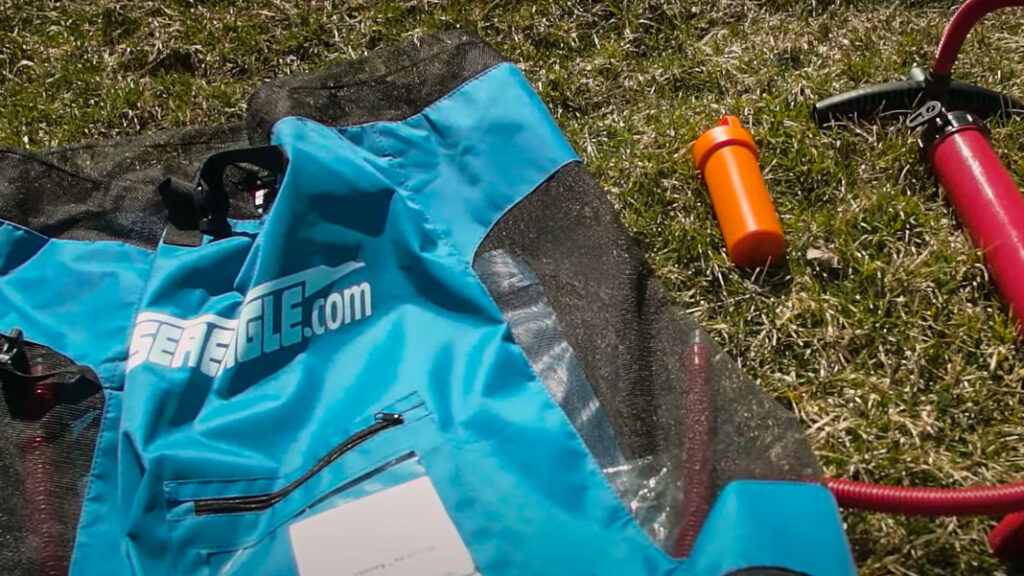
What are the cons of an inflatable kayak?
Inflatable kayaks have improved leaps and bounds over the last decade. But there are still cons that are inherent within the design. An inflatable will not be able to perform as well as a hardshell kayak. It will it be as comfortable, durable, or have the same level of features. With that said, the gap is closing more every year.
Inflatable Kayak with Foot Pegs
For example, the Sea Eagle RazorLite 393rl has foot pegs (which many inflatables lack). This boosts both comfort and paddling power. It is also made with drop-stitch construction, which allows it to be pumped up to a rigid 10 psi. Soft inflatables lose a ton of efficiency because of that sloppy drag.
The 393rl cuts through the water much better. Almost as good as the Jackson Kayak Tupelo 12.5 (i.e. a hardshell from a similar class) I tested.
Most comfortable kayak?

Hardshell kayaks are more comfortable than inflatable ones. This is usually because the seats are much more robust.
Inflatable kayak seat
The Sea Eagle 393rl had a more comfortable set up than most inflatables. Thanks to a cushy seat pad that kept my butt off the floor and an adequate high-back support band.
Hard shell kayak seat
The seat in the Jackson Kayak Tupelo 12.5 was still noticeably better. The Tupelo seat is elevated, which gets you into a more natural posture where your butt is above your ankles. It is also made of a quick-drying fabric that drains easily. Those rogue waves, or annoying friends that like to randomly splash you, aren't a big deal. In addition, the Tupelo kayak seat had substantially better lumbar support.
Comparison of kayak comfort
None of these comments are knocks on Sea Eagle. They simply represent the basic physics of a solid seat of a hardshell versus a minimal one found in an inflatable.
One last note in terms of comfort: remember to scout out the foot peg situation. Generally speaking, inflatable kayaks tend to lack adjustable braces. The exception is the RazorLite 393rl! Which is another reason why inflatable kayaks can be less comfortable to paddle.
How long will an inflatable kayak last?
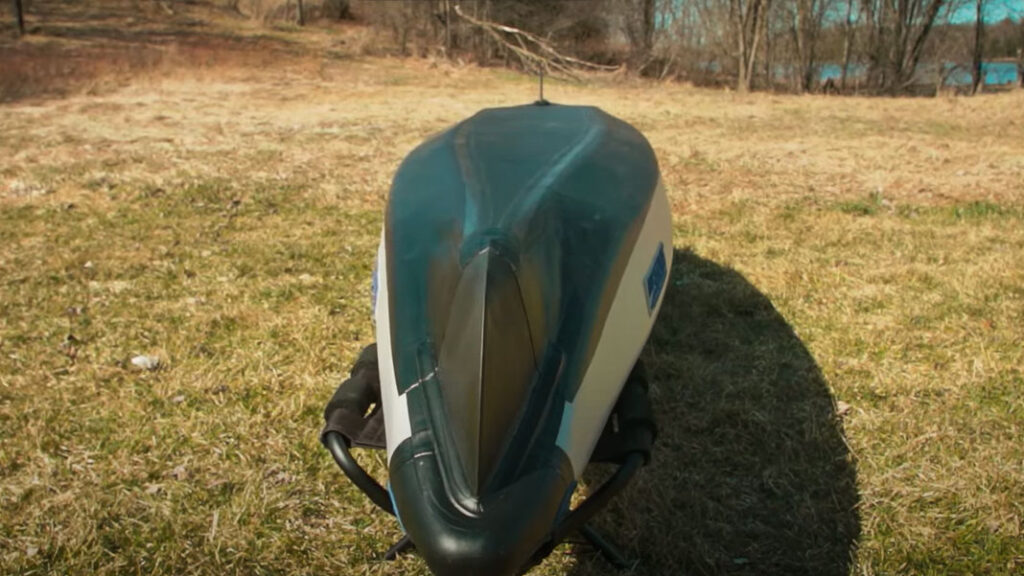
It goes without saying that an inflatable kayak is not going to be as durable as a hardshell. But high-quality inflatables are also not going to puncture and sink willy-nilly. Since the Sea Eagle 393rl is made with drop-stitch construction, it is much more durable than any old big-box purchase.
Field test and field approved
Actually, during my paddle test, I accidentally collided with a rock, and this kayak took it like a champ. You'll still want to keep to the manufacturer's recommendation. The example is to paddle on protected waters and slow rivers. Keep an eye out for potential puncture hazards. The 393rl comes with a repair kit. So if something does go wrong, it can be mended back to life.
Removable skeg
The 393rl has a removable skeg that will certainly be a weak point in shallow waters. Be smart about where you paddle.
Durability of inflatable kayaks
Tend to some basic maintenance duties (which I'll discuss further in a second), you can expect your inflatable kayak to stand the test of time.
Is it OK to leave an inflatable kayak inflated?
Another way to prolong the durability of any inflatable kayak is to be aware of how and where you store it. It is best to deflate, or at least partially deflate (~60 – 70% of max pressure) when leaving it for an extended period. Clean it before packing it away completely. Pay particular attention to getting sand and dirt out of the valves. Dry the kayak out to prevent mold from forming.
Sun Exposure
Also, try not to leave it baking in the sun for too long. If you're taking a lunch break, then do your best to lay it under a shaded tree. Long-term sun exposure can wreak havoc on a lot of sporting goods gear.
Features can help you choose a kayak

Inflatable kayaks tend to be more barebones than hardshell kayaks. The former is designed to be as light and packable as possible, and there are certain design limitations that keep bonus features out of the equation.
A quality hardshell kayak, such as the Jackson Kayak Tupelo 12.5, has a rear storage hatch with a bulkhead (which allows for longer trips, theoretically keeps your gear dry, and will also act as a natural flotation if you ever flip and swamp your kayak), gear tracks for added accessories (i.e. holders for a fishing rod/phone/GPS/camera, etc.), and deck bungees for extra storage capacity.
Which is better: an inflatable or hardshell kayak?
Generally speaking, inflatable kayaks aren't as fast, comfortable, or durable as hardshell kayaks of the same class, and they don't have the same kinds of features. Where inflatables do shine is in portability and stow-ability (since they're lighter and pack down at the end of the day).
So if you're someone who lacks the infrastructure to manage a big boat, then the choice may be clear. But even if you're in the position to take on a hardshell kayak, you may still prefer the flexibility of a portable design.
On the other hand, if paddling performance is your top priority, or you want to embark on overnight adventures, or you just want a comfortable and reliable kayak that may prove to be a lifelong purchase, then no inflatable will be able to surpass a solid hardshell.
At the end of the day, there's no substitute for visiting your local outdoor retailer, checking out a wide range of offerings, and asking lots of questions about which is the best approach for you.
Subscribe to Our Newsletter
I hope this comparison piece helped highlight and reiterate some of the key differences between inflatable and hardshell kayaks. If you'd like to see my full reviews of the Sea Eagle RazorLite 393rl and the Jackson Kayak Tupelo 12.5, then click these respective hyperlinks. And if you'd like to scout out other kayaks, learn some tricks of the trade, or catch my adventure travels, subscribe to our newsletter.



